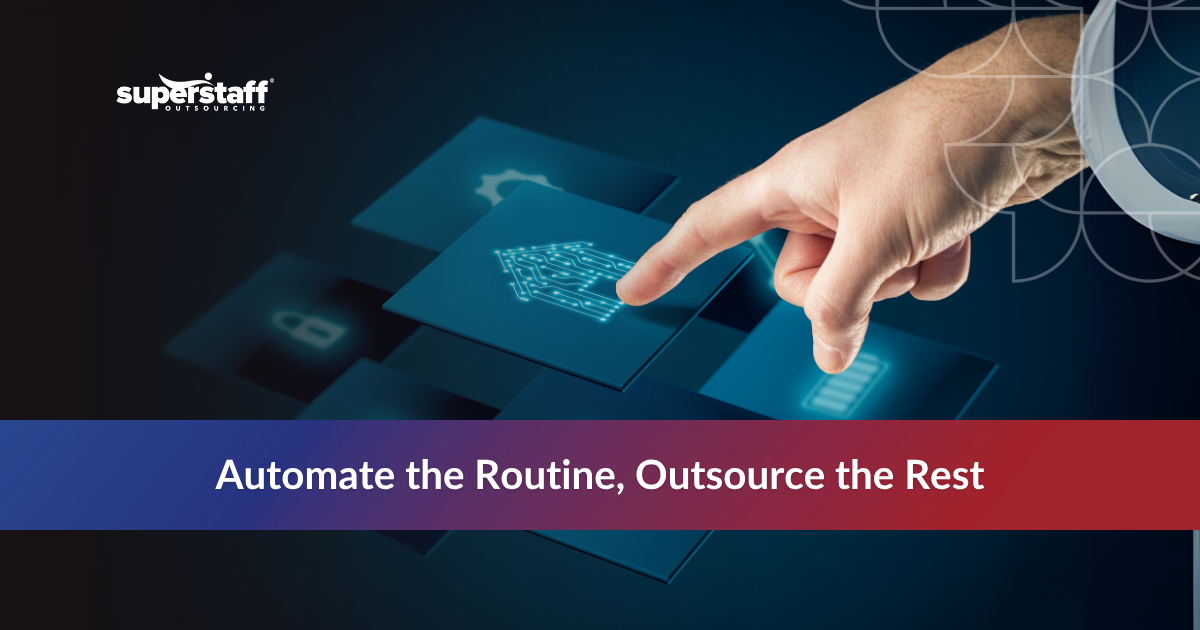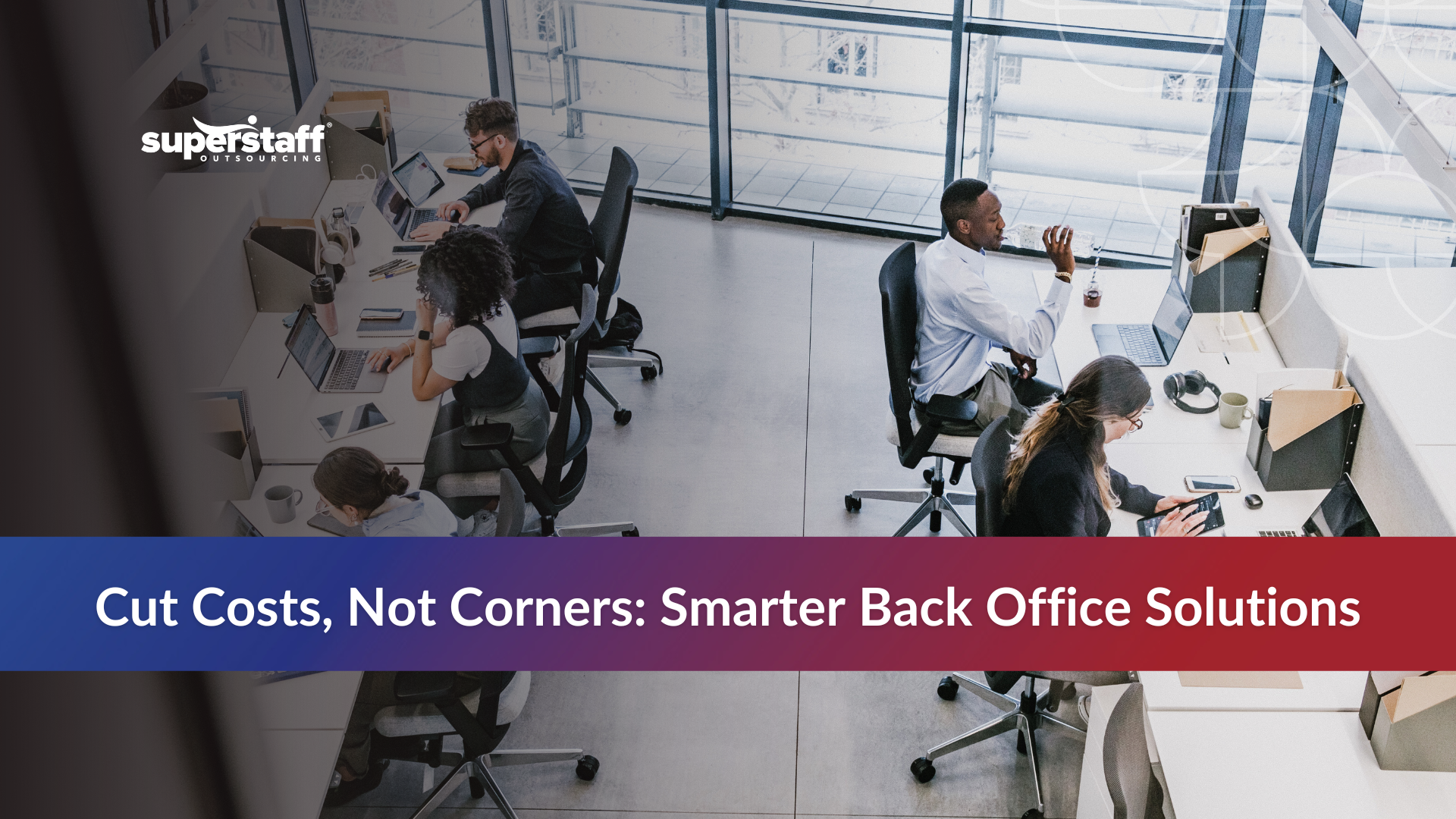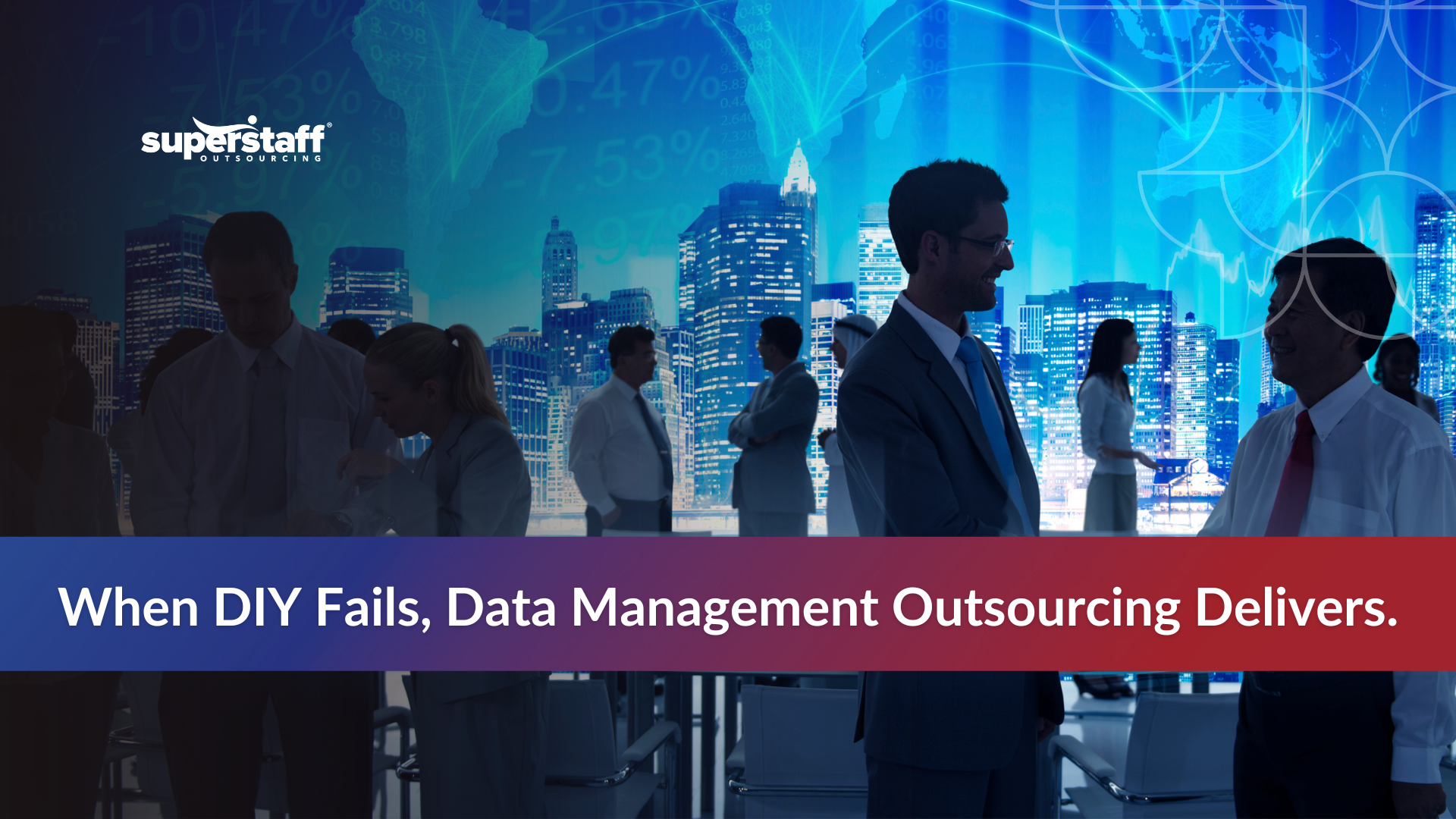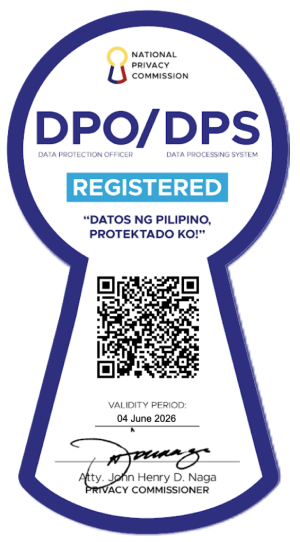
Think about the last time you truly felt appreciated at work. Was it a one-time bonus that quickly faded from memory? Or was it a genuine moment of recognition that made you feel valued—not just as an employee but as a person?
Employee appreciation does not end at handing out rewards; it’s about building a workplace where your people feel seen, heard, and motivated to give their best every day. The reality is, companies that fail to prioritize meaningful recognition struggle with disengagement, high turnover, and a lackluster culture. In industries like call centers, where burnout is a constant challenge, the need for authentic appreciation is even more urgent.
Financial incentives may offer short-term motivation, but they’re not enough to create lasting engagement. Employees crave recognition that feels personal, consistent, and tied to their unique contributions. A quick “good job” in passing won’t cut it anymore. Leaders need to embrace a new way of thinking—one that goes beyond surface-level perks and fosters a culture of appreciation at every level.
So, how can companies build a workplace where employees feel genuinely valued? Here are recognition strategies that drive employee value, boost morale, and improve retention for the long haul.
Encourage Peer Recognition for a Stronger Culture
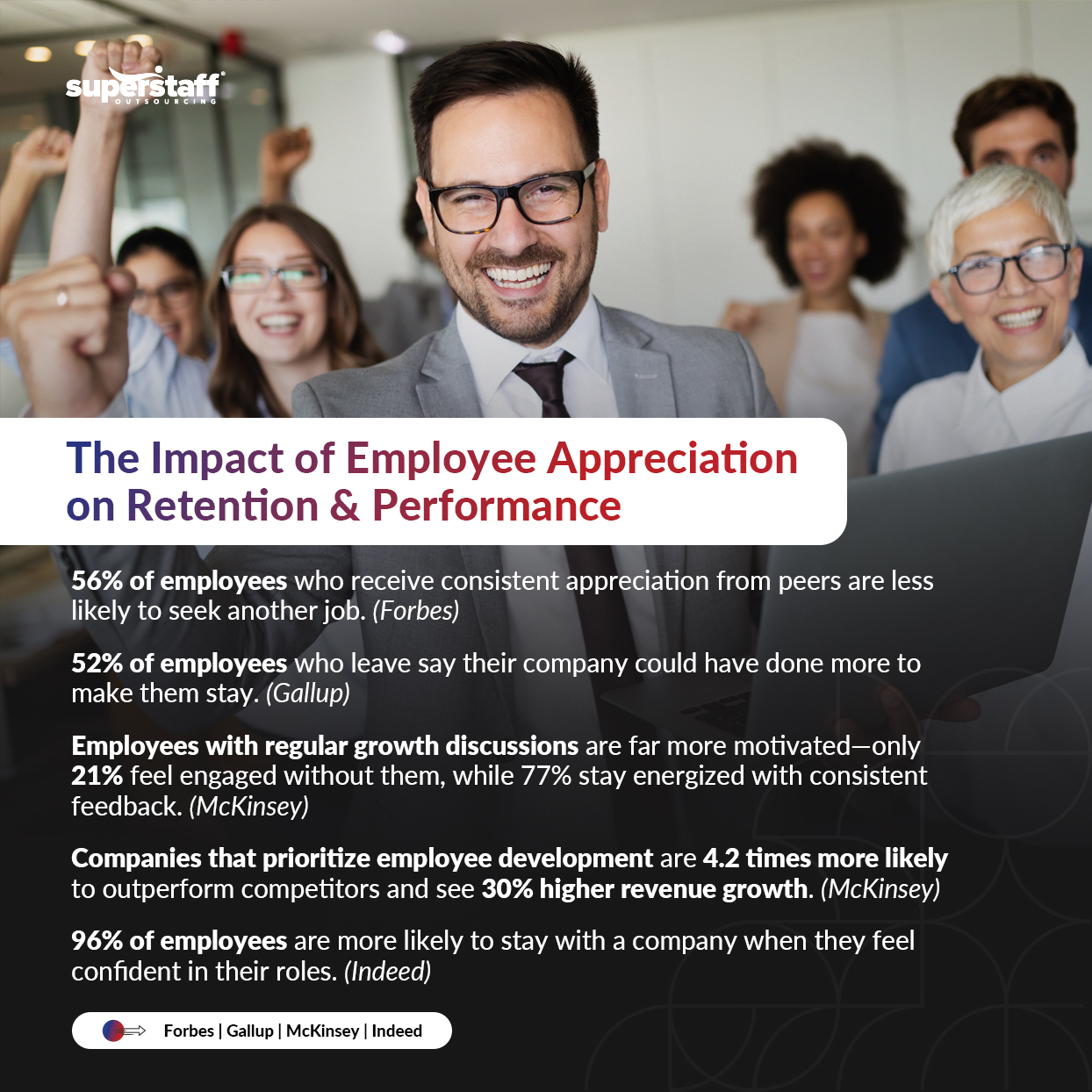
Let’s be honest: while recognition from leadership is great, there’s something uniquely rewarding about being appreciated by the people who see your hard work every day. Employee appreciation doesn’t just have to come from the top; in fact, some of the most meaningful recognition comes from colleagues who truly understand the effort and dedication behind the scenes.
According to Forbes, employees who receive consistent appreciation from their peers are 56% less likely to explore other job opportunities. When people feel genuinely valued, they stay and become more invested in your company’s success. Forbes also reports that they are five times more likely to see a future for themselves within your organization, recognizing clear pathways for career advancement. Peer recognition, in particular, plays a crucial role in this. When employees uplift each other, it strengthens workplace relationships, enhances engagement, and creates a culture where people want to grow—not just collect a paycheck.
A peer-nominated award system is one of the best ways to foster this kind of appreciation. It allows your employees to acknowledge each other’s contributions in a way that feels organic and genuine. Whether it’s a simple “You crushed that client presentation!” or a team-wide celebration for someone who went above and beyond, these moments of appreciation build camaraderie and reinforce a culture of respect.
Handwritten or digital appreciation cards add a personal touch that goes a long way. A real-time “shout-out” board—whether physical or in a company chat channel—keeps recognition visible and ongoing. The key is to create an environment where employees feel empowered to recognize each other openly and often.
When peer recognition becomes a natural part of the workplace, employee appreciation stops being just a once-a-year event. It becomes a daily habit—one that strengthens relationships, improves morale, and helps you retain your best talent.
Public Recognition Enhances Employee Morale and Employer Branding
When was the last time you publicly celebrated your employees? If your company isn’t actively recognizing its people, you could be missing a huge opportunity—not just to boost morale but to strengthen your employer brand. Recognition isn’t just about what happens behind closed doors. When done right, it can position your company as a place where people feel valued, seen, and motivated to stay.
Public recognition plays a bigger role in retention than you might think. According to Gallup, 52% of employees who leave their jobs on their own volition say their company should have done something to make them stay. That “something” often comes down to feeling appreciated. Employees don’t just want to do their jobs; they want to know that their contributions matter. When your company takes the time to highlight achievements in a meaningful, public way, you send a clear message: “We see you. We value you. You belong here.”
Your company’s LinkedIn page is one of the best places to start. Featuring top performers not only instills pride but also boosts career visibility, showing your employees that their hard work is recognized beyond their immediate teams. A well-written company blog showcasing employee success stories can inspire others within your workforce and attract top talent looking for a workplace that invests in its people. And don’t underestimate the power of social media—celebrating milestones, promotions, or outstanding work through company posts reinforces a culture of appreciation that extends far beyond the office.
When your company makes recognition a visible and ongoing practice, it doesn’t just improve morale—it enhances retention and builds a strong, people-focused brand that others want to be part of.
Consistent Feedback Matters More Than One-Time Praise
Imagine this: You complete a major project and receive a hearty “Well done!” during the annual review. It feels good, but that praise is a distant memory by the time the next project rolls around. Now, contrast that with receiving regular, constructive feedback throughout the year. Which scenario would keep you more engaged and motivated? For your company, fostering a culture of consistent feedback is beneficial and essential.
Regular feedback fuels motivation and engagement. McKinsey found that employees who have continuous development discussions feel far more driven by their company’s performance management approach. The contrast is striking: only 21% of employees who lack these conversations report feeling motivated, while a much higher 77% of those receiving consistent feedback stay engaged and energized in their roles.
So, how can your company implement this effectively? Start by integrating real-time recognition tools into your daily operations. Platforms like Microsoft Teams or Slack offer features that allow team members to give instant shout-outs, ensuring appreciation is timely and relevant. Regular “praise moments” during team meetings can also make recognition a natural part of your company’s workflow, reinforcing a culture where feedback is continuous and valued.
It’s crucial to strike the right balance between public and private appreciation. While public recognition can boost morale and foster a sense of community, private feedback allows for more personalized and constructive discussions. By tailoring your approach to each individual’s preferences, your company can ensure that feedback is both effective and meaningful.
Building a culture of continuous feedback isn’t just about keeping employees engaged—it’s a strategic move that directly impacts your business’s success. McKinsey also revealed that organizations that prioritize employee performance and development are 4.2 times more likely to surpass their competitors and, on average, achieve 30% higher revenue growth.
When feedback is embedded into daily operations rather than treated as an afterthought, companies don’t just see happier employees—they see tangible business results. Moving beyond one-time praise to a system of consistent, meaningful feedback can transform your company’s culture, leading to higher engagement, better performance, and improved retention. It’s a strategy that benefits not just your employees but your organization as a whole.
Offer Growth Opportunities as a Reward
Recognition should be more than a pat on the back—it should open doors. If your employees feel like their hard work leads to real career growth, they’ll be far more likely to stay and stay engaged. After all, appreciation isn’t just about celebrating what employees have already done; it’s about showing them a future worth investing in.
Investing in employee development doesn’t just benefit individuals—it strengthens your entire company. Providing stipends for courses, industry conferences, or professional certifications gives employees the tools to sharpen their skills and stay ahead in their fields. High performers should also have access to leadership training, ensuring they see a clear path forward within your organization.
Mentorship is another powerful way to recognize and reward employees. Pairing promising team members with senior executives fosters a culture of continuous learning and signals that your company values internal growth. Here’s why that’s important: Indeed reports that when employees feel confident in their roles, 96% are more likely to stay with their company. Providing clear growth opportunities fosters that confidence, making employees more engaged, motivated, and committed to long-term success within your organization.
By making growth a core part of your appreciation strategy, you’re not just retaining talent—you’re building a workforce that’s engaged, empowered, and ready to take your business to the next level.
Leadership Recognition Creates a Personal Impact
Recognition hits differently when it comes from the top. Sure, a shout-out from a manager or peer is meaningful, but when senior leadership takes the time to acknowledge employees, it leaves a lasting impression. That kind of appreciation doesn’t just boost morale—it strengthens loyalty, fosters trust, and reinforces the idea that every employee, no matter their role, is valued by the organization’s decision-makers.
Yet, many companies fall short in this area, and it’s starting to show. According to Forbes, the percentage of leaders who believe their organizations have high-quality leadership has plummeted by 17%, with only 40% of leaders expressing confidence in their company’s leadership today. That’s the steepest decline in over a decade, putting leadership effectiveness at levels last seen during the 2008 financial crisis. Employees who feel disconnected from leadership—or worse, unrecognized by them—are more likely to disengage or leave entirely.
Bridging this gap requires more than the occasional email blast or scripted appreciation post. True leadership recognition should be personal, intentional, and visible. Organizing CEO coffee chats or informal one-on-one sessions can create direct, meaningful connections between leadership and employees.
Publicly recognizing high performers in companywide meetings makes appreciation more impactful, reinforcing that great work is seen at every level. Even a well-placed, thoughtful shout-out from an executive in a newsletter or team call can go a long way in making employees feel valued.
Leadership sets the tone for company culture. When executives actively engage in recognition, they don’t just boost employee morale—they build a workplace where people feel invested, appreciated, and motivated to stay. The best leaders don’t just manage teams; they inspire and acknowledge them.
Create Unique and Memorable Recognition Experiences

Think about the most meaningful recognition you’ve ever received. Was it a generic “Employee of the Month” certificate? Or was it something tailored specifically to you—something that made you feel truly seen and valued? Employees don’t just want a paycheck or an occasional thank-you; they want to be recognized as individuals, not just as workers.
However, the sad reality is that many companies miss the mark on this. Gartner reports that while 82% of employees believe it’s crucial for their organization to recognize them as individuals beyond their job title, only 45% feel that their company does. That gap is a missed opportunity. When employees don’t feel valued as individuals, engagement suffers, and appreciation efforts start to feel hollow.
The solution? Make recognition personal and memorable. A one-size-fits-all approach won’t cut it. Instead of relying on generic rewards, offer experiential incentives that create lasting memories. A team retreat, VIP access to an industry event, or a once-in-a-lifetime experience can have a much bigger impact than a standard gift card.
Personalization is key. Some employees might love front-row tickets to a concert, while others would appreciate a professional development stipend or extra PTO. By allowing employees to choose from a curated selection of rewards, you ensure that recognition is not only meaningful but also aligned with what truly motivates them.
When your company takes the time to tailor appreciation efforts, employees don’t just feel recognized—they feel understood. And that’s the kind of recognition that drives loyalty, engagement, and long-term success.
Recognize Employees for Their Contributions Beyond Work
Employee appreciation shouldn’t stop at work performance. People bring more to the table than just their job titles—they have passions, personal achievements, and commitments outside the office that deserve recognition, too. When companies take the time to celebrate these aspects, they foster a deeper sense of belonging and purpose among employees.
Think about it: An employee who spends weekends volunteering at a local shelter or mentoring students isn’t just contributing to the company—they’re making a difference in their community. Acknowledging efforts like these with a Community Impact Award not only highlights their dedication but also reinforces your company’s values of social responsibility.
The same goes for personal milestones. Work anniversaries, professional certifications, or even personal achievements like completing a marathon or earning a degree deserve recognition. A simple shout-out in a company meeting, a personalized congratulatory email from leadership, or a small celebratory gift can make employees feel seen beyond their daily tasks.
Companies that align recognition with employees’ values create a stronger emotional connection with their teams. Offering charitable donation matches as a reward, for instance, allows employees to give back to causes they care about while reinforcing a culture of generosity.
By expanding recognition beyond just job performance, businesses show employees that they’re valued as whole individuals—not just for the work they do.
Build a Scalable, Ongoing Recognition Program
A one-time thank-you email or an annual award ceremony won’t cut it. If employee appreciation isn’t woven into the everyday culture of your company, it loses impact. Recognition needs to be structured, consistent, and adaptable to truly make a difference.
The first step? Establishing clear criteria for recognition. Employees should know what behaviors and achievements warrant appreciation to avoid favoritism or inconsistency. When recognition feels fair and well-earned, it carries more weight.
Technology can also play a key role. Leveraging tools like employee recognition platforms or internal chat integrations makes it easy to track and automate appreciation efforts. A quick Slack or Teams shout-out can bring instant recognition to someone’s contributions, while a formalized system ensures that no achievement—big or small—goes unnoticed.
Most importantly, a great recognition program isn’t static. What motivates employees today might not be the same in a year. Gathering continuous feedback from employees helps refine and evolve your recognition efforts, ensuring they remain meaningful and relevant.
At its core, employee appreciation shouldn’t be a one-off initiative—it should be a fundamental part of your company’s culture. When done right, it creates an environment where employees feel valued every day, not just during performance reviews or annual celebrations. And that’s what keeps them engaged, motivated, and committed for the long run.
SuperStaff’s Approach to Employee Appreciation: Creating a Culture of Recognition That Lasts
Employee appreciation is about building a workplace where people feel valued every single day. At SuperStaff, we know that true recognition goes beyond annual bonuses or generic thank-yous. It’s about creating a culture where appreciation is personal, frequent, and deeply embedded in the company’s DNA.
Throughout this blog, we’ve explored how meaningful recognition drives employee retention and strengthens workplace culture. Peer recognition builds camaraderie, while public acknowledgment enhances morale and employer branding. We also emphasized that recognition should be consistent, not just a one-time event—employees thrive when they receive ongoing feedback, leadership involvement, and growth opportunities. And let’s not forget the impact of memorable experiences and celebrating contributions beyond just work.
So, here’s the question: Is your company’s recognition program truly making a difference, or is it just another item on a checklist? The difference between a routine thank-you and a well-thought-out recognition strategy could mean higher engagement, lower turnover, and a workforce that’s genuinely invested in your company’s success.
At SuperStaff, we don’t just talk about appreciation—we practice it. Whether it’s fostering a culture of real-time recognition or ensuring every employee feels seen and valued, we understand what it takes to create a thriving workplace. Ready to build a recognition strategy that actually works and enables stronger employee retention? Let’s start today!

